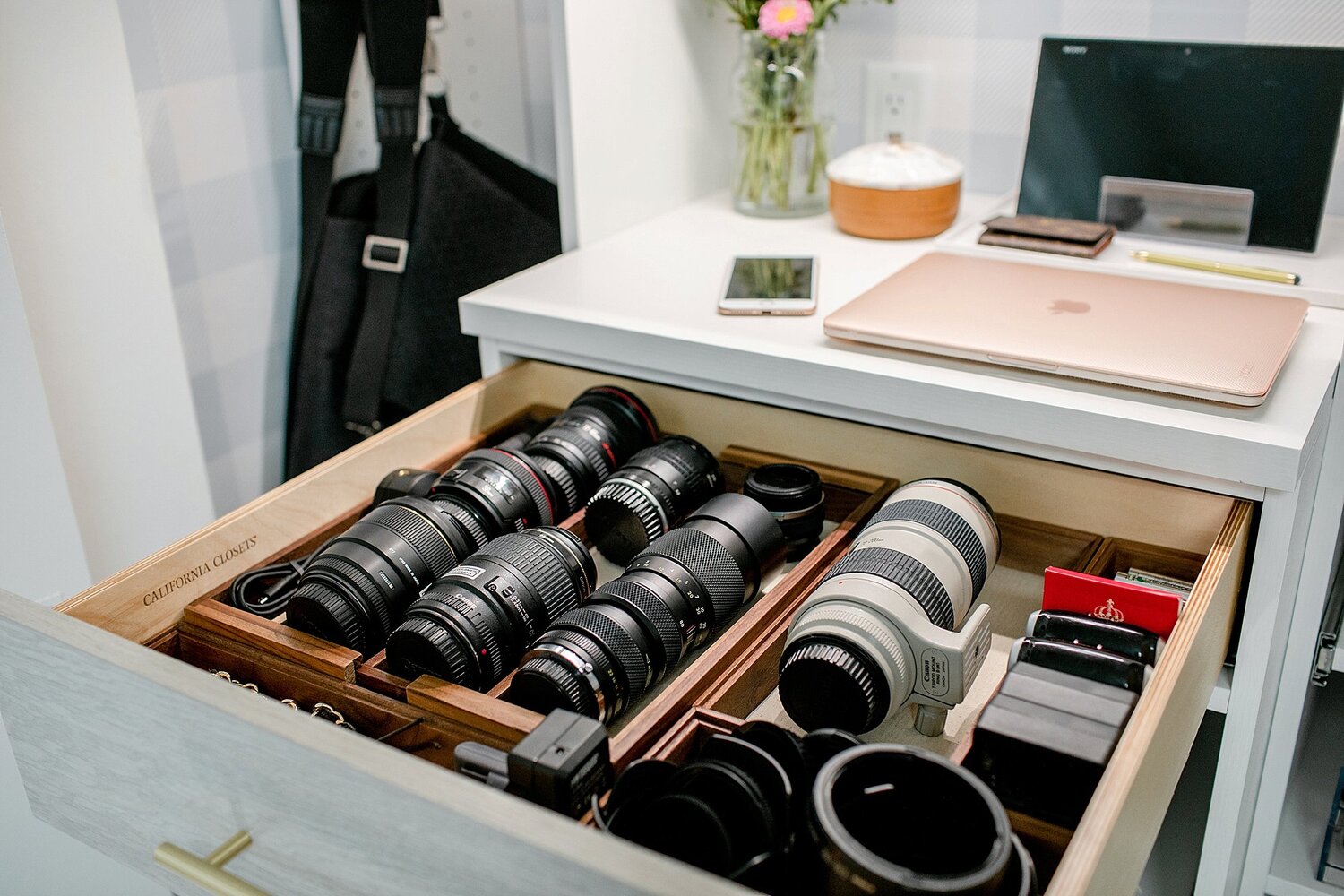

Articles
How To Store Camera Lens
Modified: January 8, 2024
Learn the best methods for storing camera lenses. Read articles that cover proper lens storage techniques to protect your valuable camera gear.
(Many of the links in this article redirect to a specific reviewed product. Your purchase of these products through affiliate links helps to generate commission for Storables.com, at no extra cost. Learn more)
Introduction
Camera lenses are an essential part of any photographer’s equipment. They allow us to capture stunning images, bringing our creative visions to life. However, it’s equally important to properly store and care for our camera lenses when they’re not in use.
Storing camera lenses may seem like a simple task, but it actually requires some consideration to ensure their longevity and optimal performance. Proper storage practices can prevent damage, protect against dust and moisture, and extend the lifespan of your lenses.
In this article, we will explore the importance of proper lens storage and provide practical tips on how to store camera lenses effectively.
Key Takeaways:
- Proper storage and maintenance of camera lenses are crucial for protecting against physical damage, dust, and moisture. By following best practices, you can ensure your lenses remain in optimal condition for capturing memorable moments.
- Regular inspection and maintenance of camera lenses help identify potential issues early and ensure optimal performance. By incorporating these practices, you can prolong the lifespan of your lenses and maintain exceptional image quality.
Read more: How To Store Camera Lens In Bag
Importance of Proper Lens Storage
Proper lens storage is crucial for maintaining the quality and functionality of your camera lenses over time. Here are the key reasons why it is important:
- Protection against physical damage: Camera lenses are delicate and can easily get scratched, dented, or damaged if not stored properly. By storing your lenses in a secure and padded environment, you can protect them from accidental bumps, drops, and other physical mishaps.
- Preventing dust and debris: Dust and debris are the enemies of camera lenses. When left exposed, lenses can accumulate dust, dirt, and other particles, which can affect image quality and even cause damage to internal components. Proper storage in lens cases or pouches helps prevent dust accumulation and keeps your lenses clean and ready for use.
- Shielding against moisture and humidity: Excessive moisture and humidity can cause mold growth, corrosion, and damage to lens elements and internal mechanisms. Proper storage in dry and controlled environments helps prevent moisture-related issues and ensures the longevity of your lenses.
- Prevention from temperature extremes: Extreme temperatures can have adverse effects on lenses. Extremely low temperatures can cause condensation, while high temperatures can warp lens elements and affect image quality. Storing lenses in a temperature-controlled environment helps safeguard against these risks.
- Preserving lens coatings: Camera lenses are coated with specialized coatings to minimize glare, improve contrast, and reduce lens flare. Improper storage, such as exposing lenses to direct sunlight or keeping them in dusty conditions, can damage these coatings. Proper storage helps protect and preserve the integrity of lens coatings.
Ultimately, proper lens storage is crucial for maintaining the overall performance, image quality, and lifespan of your camera lenses. By implementing effective storage practices, you can ensure that your lenses are always ready for capturing memorable moments.
Preparing the Lens for Storage
Before storing your camera lenses, it’s important to prepare them properly to ensure their safety and longevity. Here are some steps to follow when preparing your lenses for storage:
- Clean the lens: Start by cleaning the lens thoroughly. Use a lens blower or a soft brush to remove any dust or debris on the surface. Then, use a microfiber cloth and a lens cleaning solution to gently wipe the lens, removing any smudges or fingerprints.
- Remove the lens hood and filters: Take off the lens hood and any filters attached to the lens. Clean them separately, if needed, and store them in a suitable location to prevent damage or scratches.
- Disable image stabilization: If your lens has image stabilization or vibration reduction features, it’s advisable to turn them off before storing. This will prevent any potential damage that may occur if the lens elements move during storage.
- Protect the rear lens cap and mount: Put the rear lens cap on to protect the rear lens element and the lens mount from dust and damage. Ensure it fits securely to prevent any contaminants from entering.
- Attach the front lens cap: Place the front lens cap securely over the front lens element to prevent scratches and damage. Ensure that it fits snugly and provides proper protection.
- Store the lens in a lens case or pouch: Invest in a quality lens case or pouch that provides adequate padding and protection for your lens. Place the lens inside, ensuring that there is no excess movement. Close the case or pouch securely to keep dust and moisture out.
By following these steps, you can ensure that your lenses are properly cleaned, protected, and ready for storage. Taking the time to prepare your lenses correctly will safeguard them from potential damage and ensure their optimal performance when you’re ready to use them again.
Using Lens Cases and Pouches
Using lens cases and pouches is an excellent way to store and protect your camera lenses. These accessories provide a safe and secure environment for your lenses, minimizing the risk of damage and maintaining their optimal condition. Here are some tips on using lens cases and pouches effectively:
- Invest in quality cases or pouches: Choose cases or pouches made from durable and protective materials. Look for ones with padded interiors to provide cushioning and shock absorption.
- Choose the right size: Ensure that the case or pouch is the correct size for your lens. A snug fit will prevent any unnecessary movement or shifting of the lens within the storage container.
- Label and organize: If you own multiple lenses, consider labeling your cases or pouches to easily identify the lens inside. Additionally, organizing them in a designated space, such as a camera bag or shelf, will help you locate lenses quickly.
- Keep lens caps on: When storing your lenses in cases or pouches, it’s advisable to keep both the front and rear lens caps securely in place. This extra layer of protection will prevent dust or accidental contact with the lens surfaces.
- Avoid stacking or overcrowding: Avoid storing lenses on top of each other or overcrowding them in a case or pouch. This can lead to unnecessary pressure and potentially damage the lens elements. Each lens should have its designated space.
- Consider lens dividers: If you have a larger lens case, you may want to invest in lens dividers or inserts. These help separate and cushion the lenses, providing additional protection against scratches and bumps.
- Store in a cool, dry place: Keep your lens cases or pouches in a cool and dry environment to prevent moisture buildup. Avoid storing them in areas subject to extreme temperature changes or high humidity levels.
Using lens cases and pouches is an effective way to keep your camera lenses safe and organized. By investing in quality accessories and following these tips, you can ensure that your lenses are well-protected and always ready for use.
Storing Lenses in a Camera Bag
A camera bag is an essential accessory for photographers, and it also serves as a convenient storage solution for lenses. When storing lenses in a camera bag, it’s important to consider organization, accessibility, and protection. Here are some tips for storing lenses in a camera bag:
- Utilize dividers and compartments: Most camera bags come with adjustable dividers and compartments. Take advantage of these features to create separate spaces for each lens. This will prevent them from rubbing against each other and minimize the risk of damage.
- Place lenses upside down: When storing lenses in a camera bag, it’s advisable to place them upside down with the lens mount facing upwards. This helps prevent dust and debris from falling into the lens and ensures better protection.
- Consider lens sleeves or wraps: If your camera bag doesn’t have dedicated lens compartments, consider using individual lens sleeves or wraps. These provide an additional layer of protection and prevent lenses from coming into contact with other equipment in the bag.
- Arrange lenses by size or frequency of use: Organize your lenses in the camera bag based on their size or frequency of use. Placing the frequently used lenses in easily accessible areas will save time when switching between lenses during shoots.
- Secure the bag properly: Make sure your camera bag is securely closed or zipped to prevent accidental spills or items shifting around when carrying it. This will minimize the risk of lenses getting dislodged or damaged.
- Consider a bag with a moisture-resistant lining: Look for a camera bag with a moisture-resistant or waterproof lining to protect your lenses from unexpected spills, rain, or moisture in the environment. This will provide an extra layer of protection against moisture-related damage.
- Regularly clean your camera bag: Periodically clean your camera bag to remove any dirt, dust, or debris that may have accumulated. This will help maintain a clean and safe environment for storing your lenses.
By following these tips, you can ensure that your lenses are properly stored, protected, and easily accessible in your camera bag. A well-organized camera bag not only keeps your lenses safe but also allows for efficient workflow during photography sessions.
When storing camera lenses, always keep them in a cool, dry place away from direct sunlight. Use airtight containers or lens cases to protect them from dust and moisture. Avoid storing them in areas with extreme temperatures or high humidity.
Read more: How To Clean Security Camera Lens
Avoiding Extreme Temperatures and Humidity
Extreme temperatures and humidity can have detrimental effects on camera lenses. It’s important to protect your lenses from these conditions to ensure their longevity and optimal performance. Here are some tips for avoiding extreme temperatures and humidity when storing your lenses:
- Avoid excessive heat: High temperatures can cause damage to lens elements and lens coatings. Avoid storing your lenses in areas subject to direct sunlight, such as a car or near a heat source. It’s advisable to keep the temperature within a range of 32°F to 95°F (0°C to 35°C).
- Prevent freezing temperatures: Extremely low temperatures can lead to condensation inside the lens and potentially damage internal components. Avoid exposing your lenses to freezing temperatures or dramatic temperature changes. If you need to use your equipment in cold conditions, allow them to gradually adjust to the temperature before usage.
- Stay away from excessive humidity: High humidity can promote the growth of mold and mildew, which can damage lens elements and internal mechanisms. Avoid storing your lenses in areas with high moisture levels, such as bathrooms or basements. Use dehumidifiers or silica gel packets in your storage space to reduce humidity levels.
- Keep lenses in a dry environment: Choose a storage location that is dry and well-ventilated. Moisture can seep into lens barrels and cause damage over time. Avoid storing lenses in damp areas or near water sources.
- Use desiccant packs: Desiccant packs or silica gel can help absorb moisture and maintain a dry environment for your lenses. Place a few packs in your lens case or camera bag to protect against humidity-related damage.
- Avoid sudden temperature changes: Rapid temperature changes can cause condensation to form on lenses. When transitioning from a cold environment to a warm one, allow your lenses to gradually adjust to the new temperature by placing them inside a sealed plastic bag. This will prevent condensation from forming on the lens surfaces.
By following these guidelines, you can safeguard your lenses from the harm that extreme temperatures and humidity can cause. Remember, proper storage in a controlled environment is key to maintaining the quality and performance of your camera lenses.
Cleaning and Maintenance Before Storage
Before storing your camera lenses, it’s essential to clean and perform necessary maintenance to ensure they remain in optimal condition. Proper cleaning and maintenance can prevent dust, dirt, and other contaminants from causing damage or degrading the performance of your lenses. Here are some steps to follow:
- Inspect for visible debris: Examine your lenses for any visible debris, such as dust or dirt particles. Use a lens blower or a soft brush to gently remove these contaminants from the lens surface and crevices.
- Remove smudges and fingerprints: Smudges and fingerprints can impact image quality. Use a microfiber cloth and a lens cleaning solution to gently wipe the lens, applying gentle pressure in a circular motion. Avoid using excessive force or abrasive materials that may scratch the lens surface.
- Check for lens fungus: Lens fungus is a common occurrence in humid climates. If you notice any signs of white spots or fuzzy growth inside the lens, it may indicate the presence of fungus. In such cases, it’s advisable to consult a professional for proper lens cleaning and treatment.
- Inspect lens mounts and contacts: Check the lens mount and electrical contacts for any dirt or corrosion. Use a clean, lint-free cloth to wipe away any dirt or build-up. If you notice any corrosion, consult a professional for proper maintenance.
- Inspect lens filters and hoods: If you have lens filters or hoods, inspect them for any damage or signs of wear. Replace any worn-out filters or damaged hoods before storing the lens.
- Perform lens calibration (if necessary): If you own autofocus lenses, consider performing lens calibration to ensure accurate focusing. This can help optimize the performance of your lenses when you start using them again.
- Store lenses in a dust-free environment: After cleaning and maintenance, store your lenses in a dust-free environment. Make sure the lens caps are securely in place to prevent any dust or debris from settling on the lens surfaces.
By regularly cleaning and maintaining your lenses, you can prolong their lifespan and maintain optimal performance. Properly caring for your lenses before storage helps ensure that they are ready for use when you need them, without any compromise in image quality.
Regular Inspection and Maintenance
Regular inspection and maintenance of your camera lenses are essential to ensure they continue to perform at their best. By incorporating these practices into your routine, you can identify any potential issues early on and take the necessary steps to address them. Here are some key aspects to consider for regular lens inspection and maintenance:
- Check for signs of wear and tear: Inspect the physical condition of your lenses, paying attention to the exterior, lens elements, and lens mounts. Look for any scratches, dents, or damages that may have occurred. If you notice any significant damage, consult a professional for proper assessment and repair.
- Test lens functionality: Perform tests to ensure your lens functions properly. Check the autofocus, image stabilization, aperture control, and any other specific features of your lens. If you notice any issues or inconsistent performance, consider getting your lens serviced.
- Monitor focusing accuracy: Regularly check the focusing accuracy of your lenses. Use various focusing targets, such as charts or real-life objects, to assess if your lens is achieving the desired focus. If necessary, perform autofocus micro-adjustments or seek professional calibration services.
- Inspect electrical contacts: If your lens features electrical contacts, examine them for any signs of damage or corrosion. A clean and well-maintained electrical connection is crucial for proper communication between the lens and camera body.
- Keep lens caps on when not in use: Whenever your lenses are not in use, keep the lens caps securely in place. This protects the lens from accidental scratches, dust, and other contaminants that may affect image quality.
- Store lenses in a proper environment: Maintain a suitable storage environment for your lenses, away from excessive temperature fluctuations, humidity, and exposure to direct sunlight. A clean and dry storage area with controlled conditions will help prevent damage to the lens components.
- Refer to the lens manual: Consult the manufacturer’s manual for specific maintenance recommendations for your lenses. They may provide valuable information about cleaning methods, servicing intervals, and any unique requirements for your specific lenses.
By regularly inspecting and maintaining your camera lenses, you can catch potential issues early, ensure optimal performance, and prolong their lifespan. Don’t hesitate to seek professional assistance if you encounter any complex issues or if your lenses require specialized servicing.
Conclusion
Proper storage and maintenance of camera lenses are vital to ensure their longevity, optimal performance, and image quality. By implementing the right practices, you can protect your lenses from physical damage, dust, moisture, extreme temperatures, and other environmental factors that could potentially harm them.
When preparing your lenses for storage, make sure to clean them thoroughly, remove lens hoods and filters, disable image stabilization, and store them in dedicated lens cases or pouches. Organize your lenses in a camera bag with dividers or consider using lens sleeves or wraps for additional protection.
Avoid exposing your lenses to extreme temperatures and high humidity levels, as these can have adverse effects on their functionality. Keep lenses in a dry environment and utilize desiccant packs to absorb moisture when storing them.
Before storage, perform regular cleaning and maintenance, including inspecting for visible debris, wiping away smudges and fingerprints, and checking lens mounts and contacts. Monitor lens functionality and calibration, and address any issues promptly to ensure optimal performance when you use them again.
By following these practices, you can protect and maintain your valuable camera lenses, ensuring they are always ready for capturing memorable moments without compromising image quality.
Remember, the investment you make in proper lens storage and maintenance today will pay off in the long run, as your lenses will continue to produce exceptional images for years to come.
Frequently Asked Questions about How To Store Camera Lens
Was this page helpful?
At Storables.com, we guarantee accurate and reliable information. Our content, validated by Expert Board Contributors, is crafted following stringent Editorial Policies. We're committed to providing you with well-researched, expert-backed insights for all your informational needs.
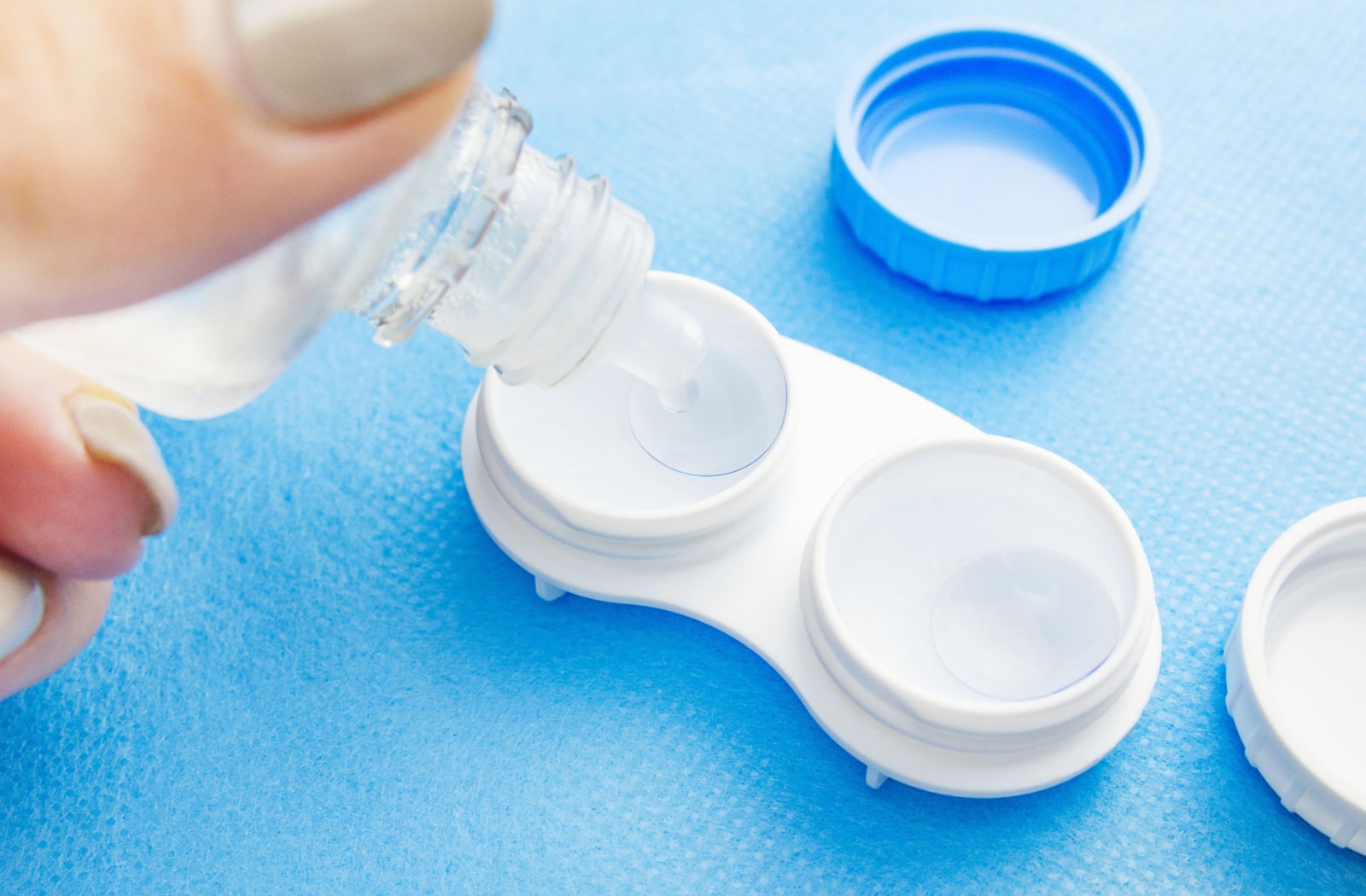
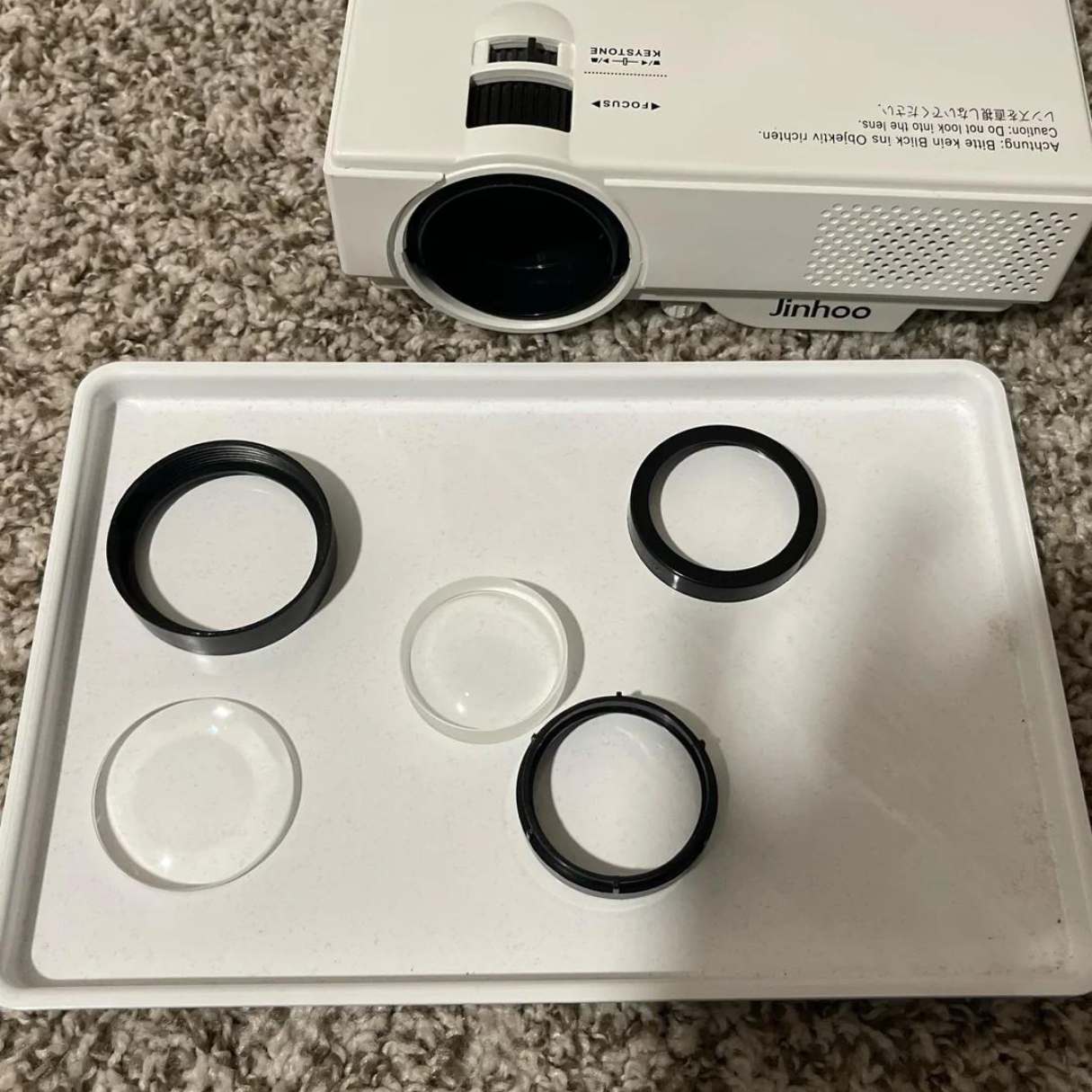
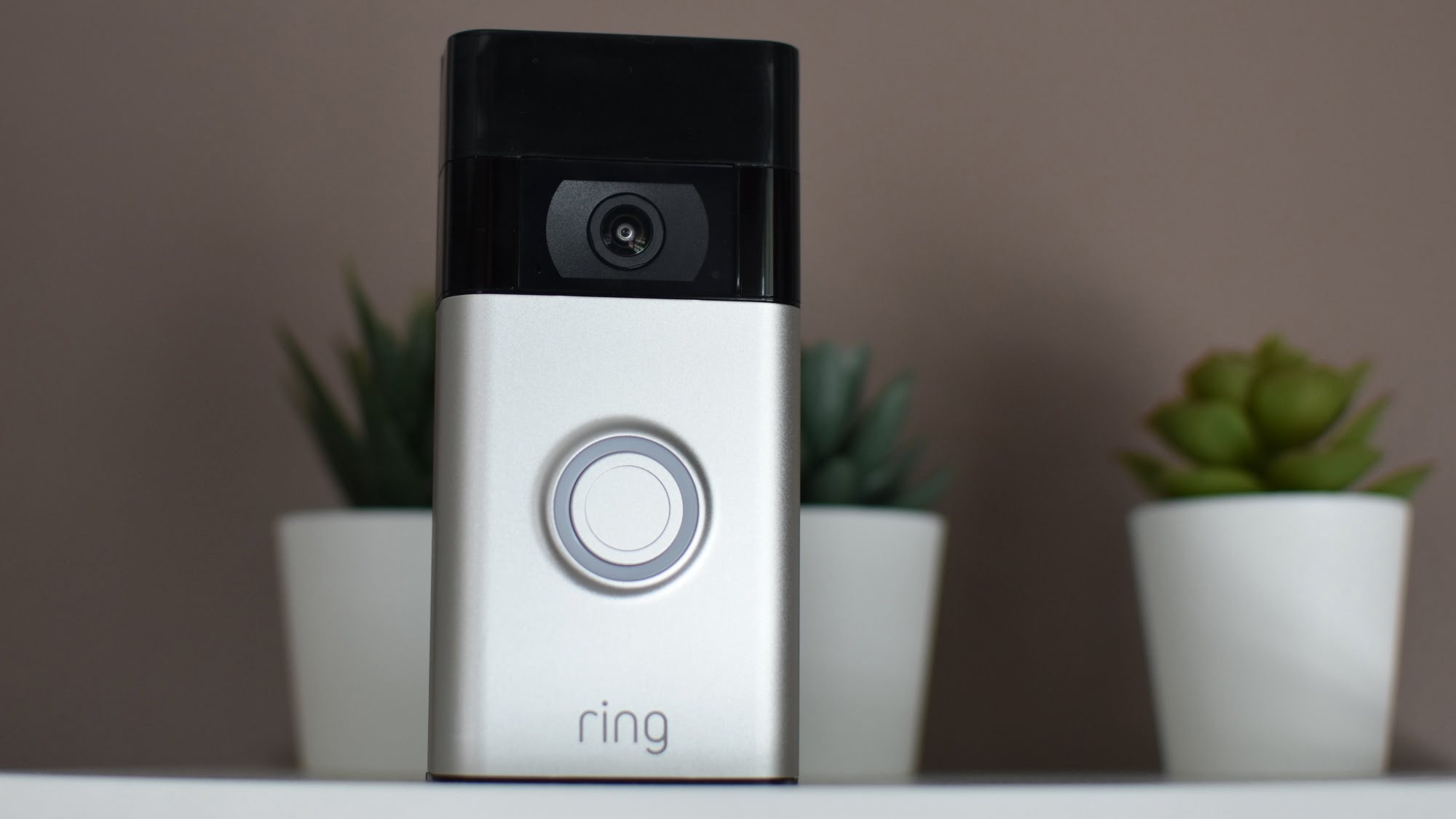
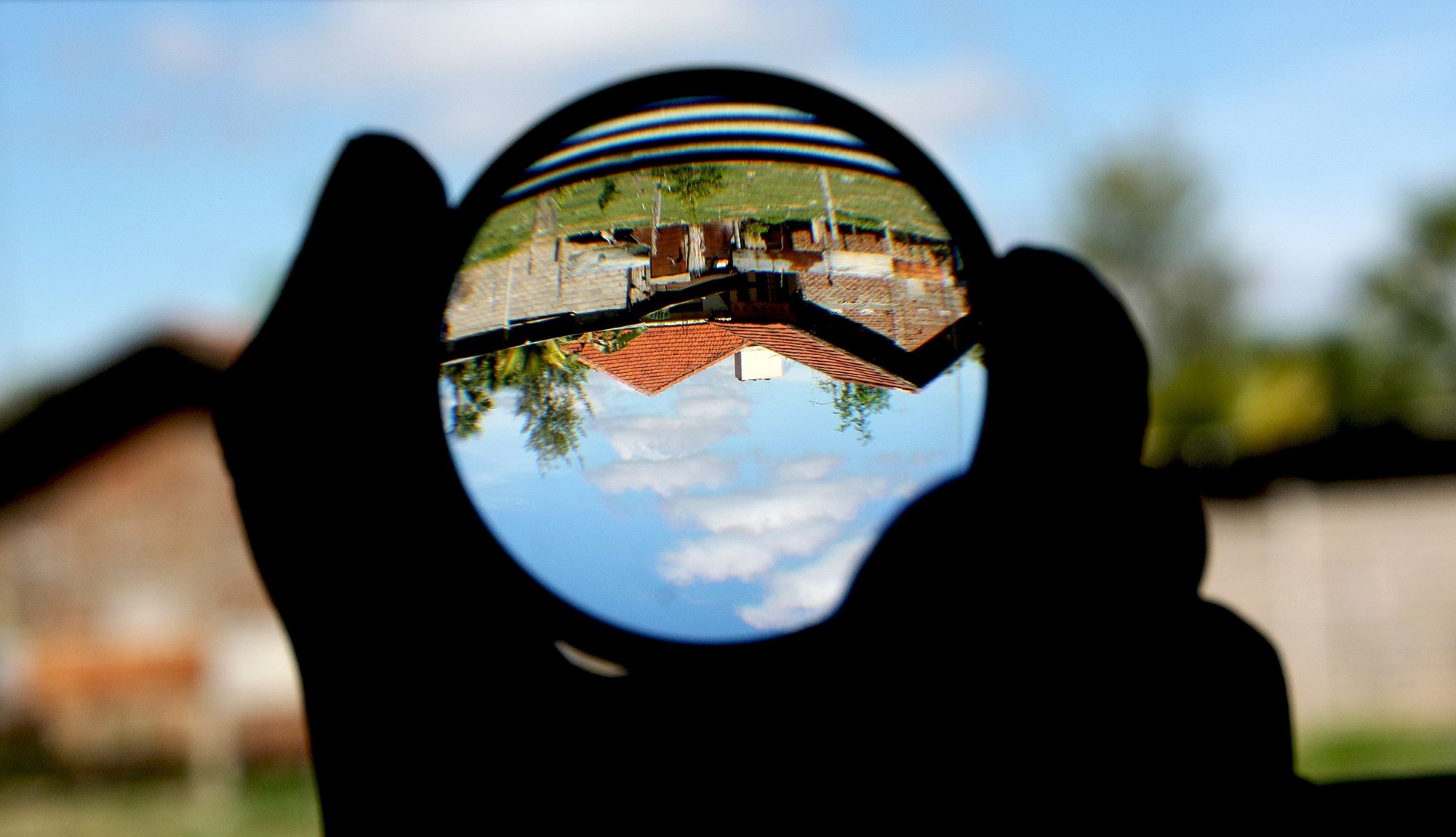
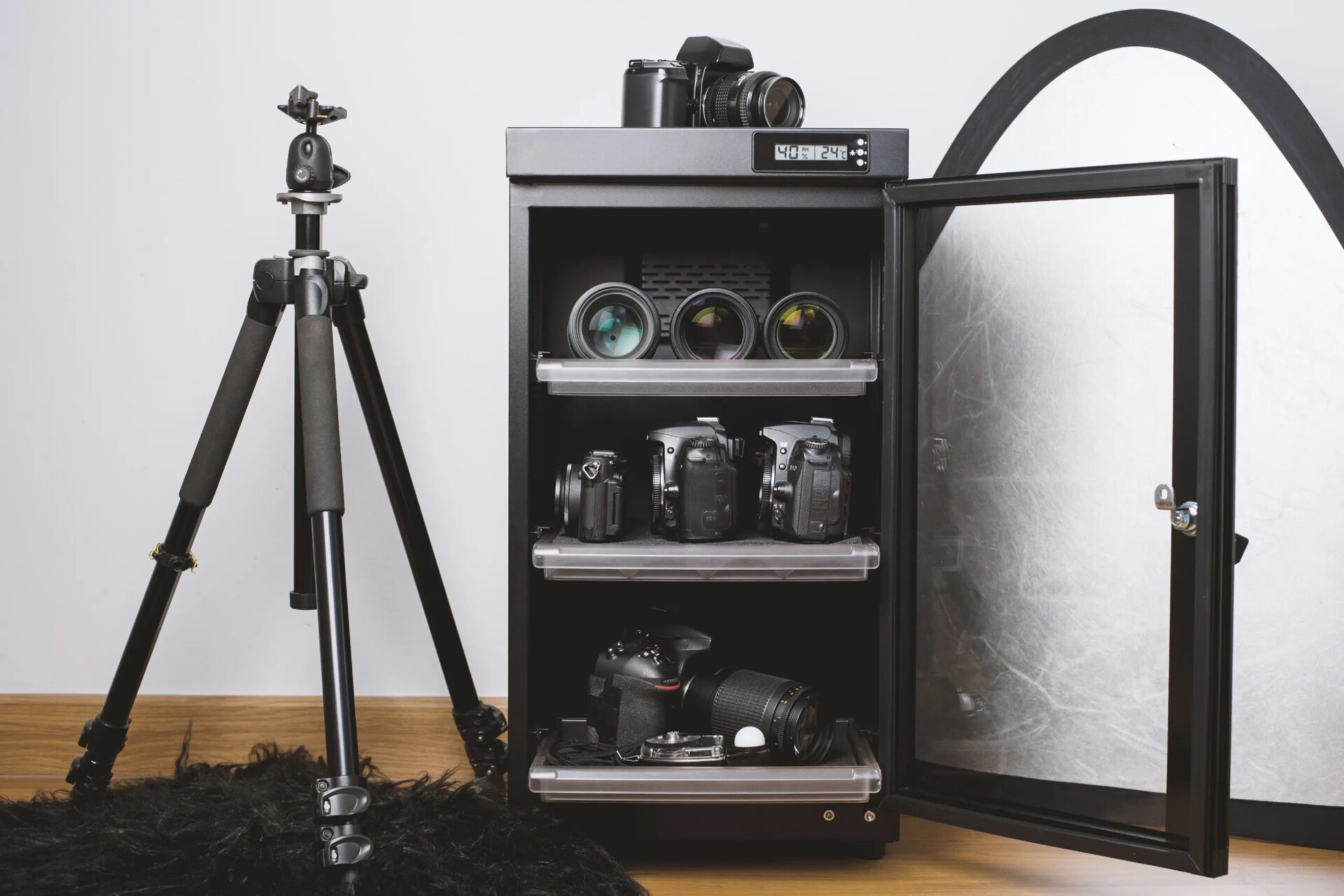
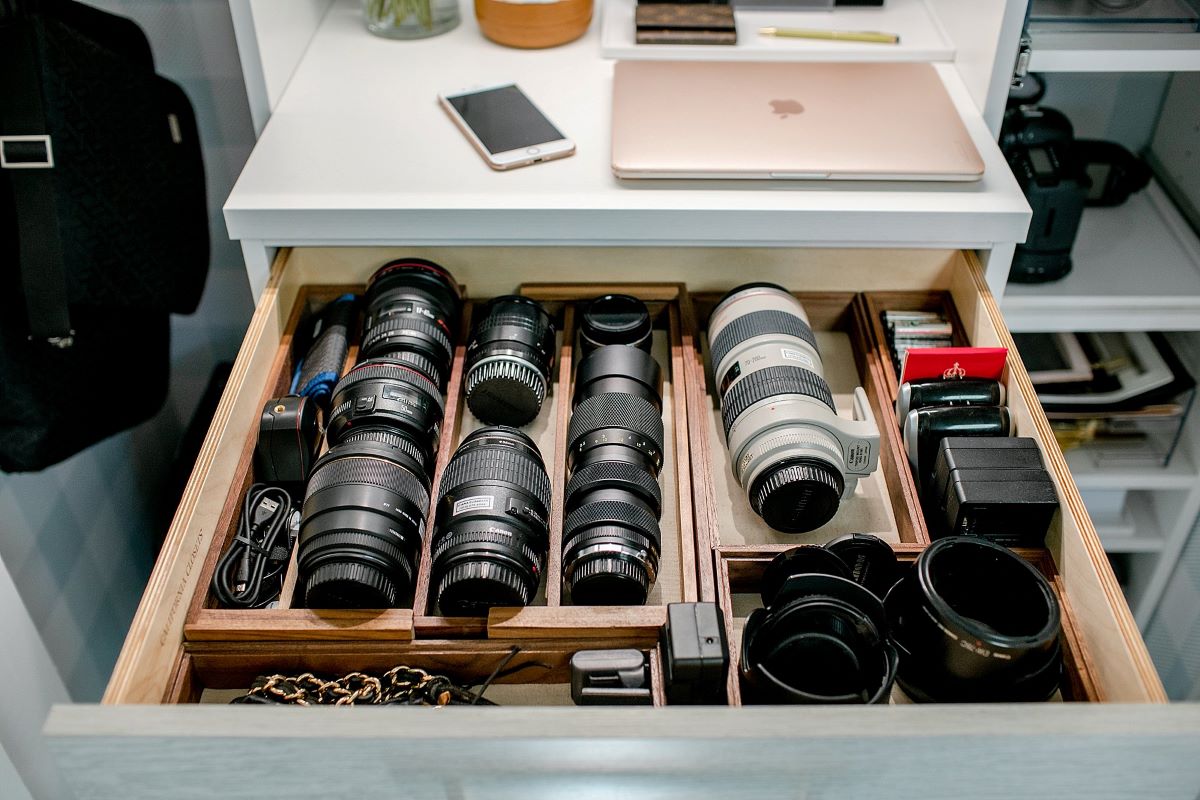

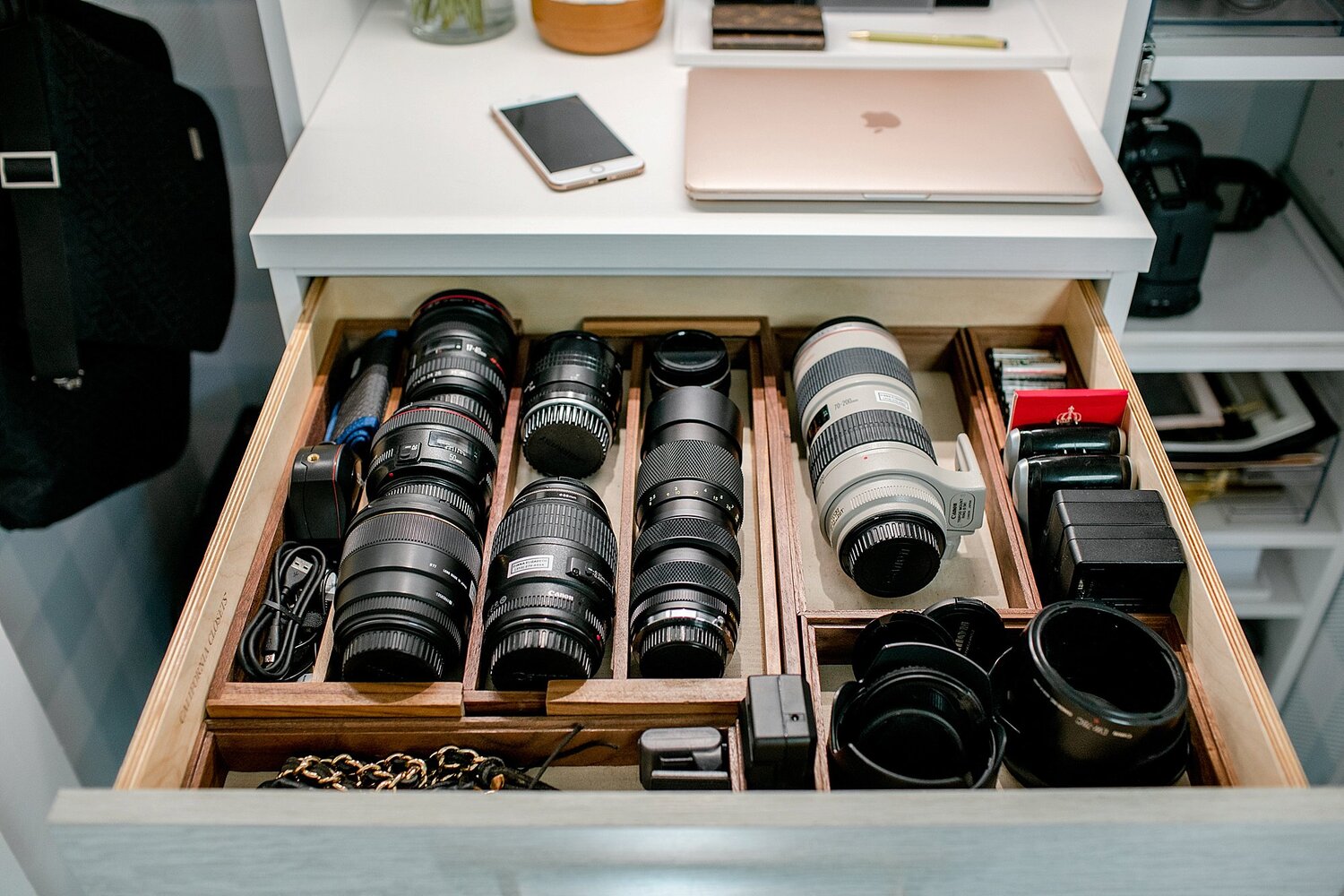
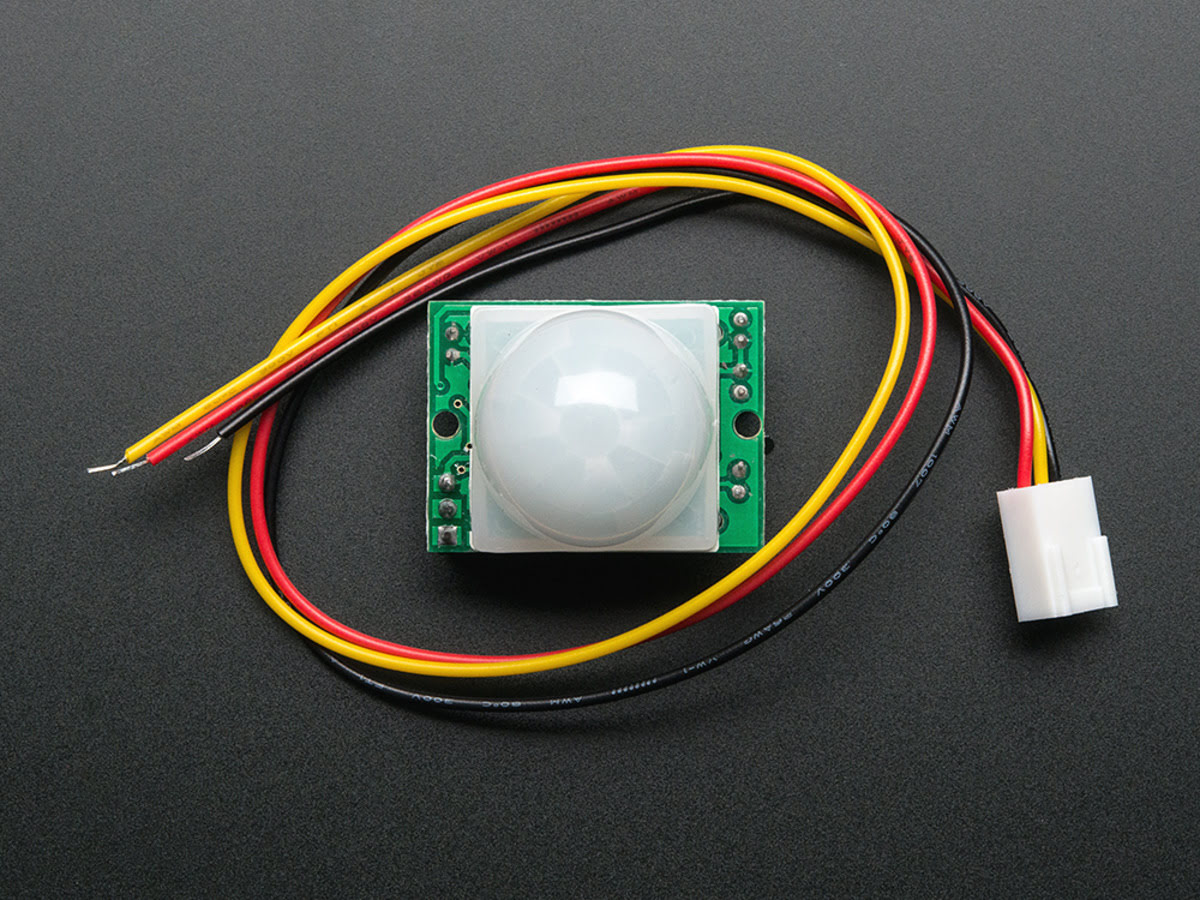
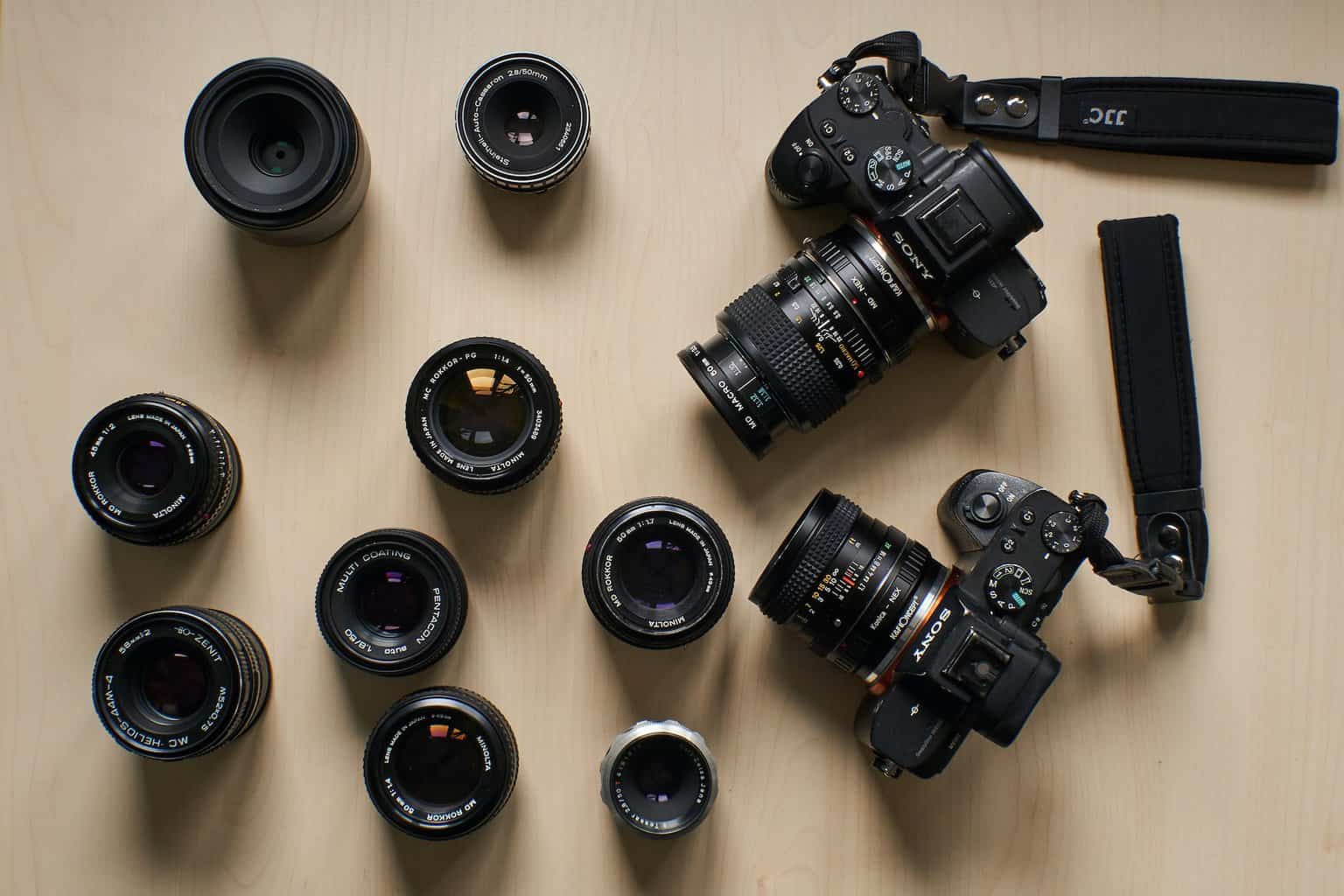

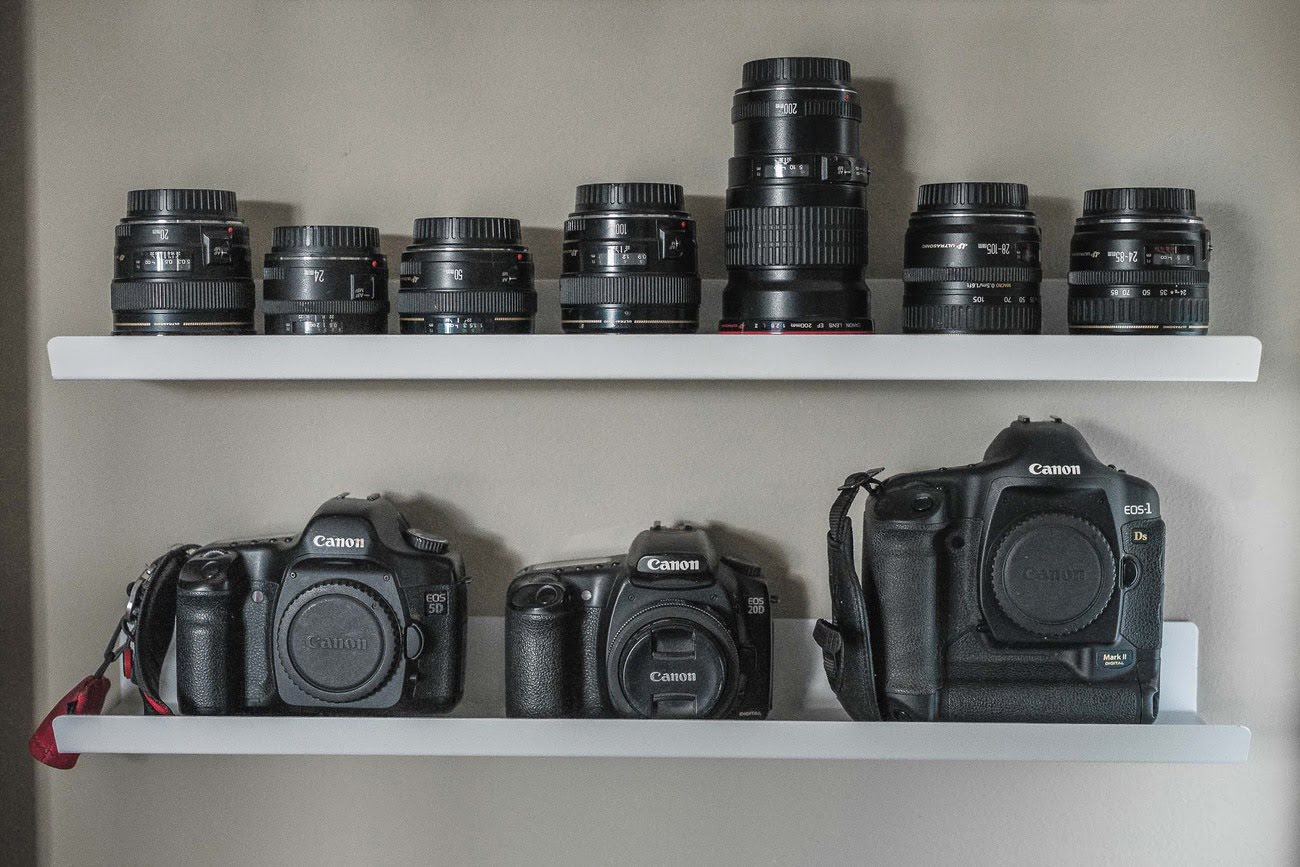
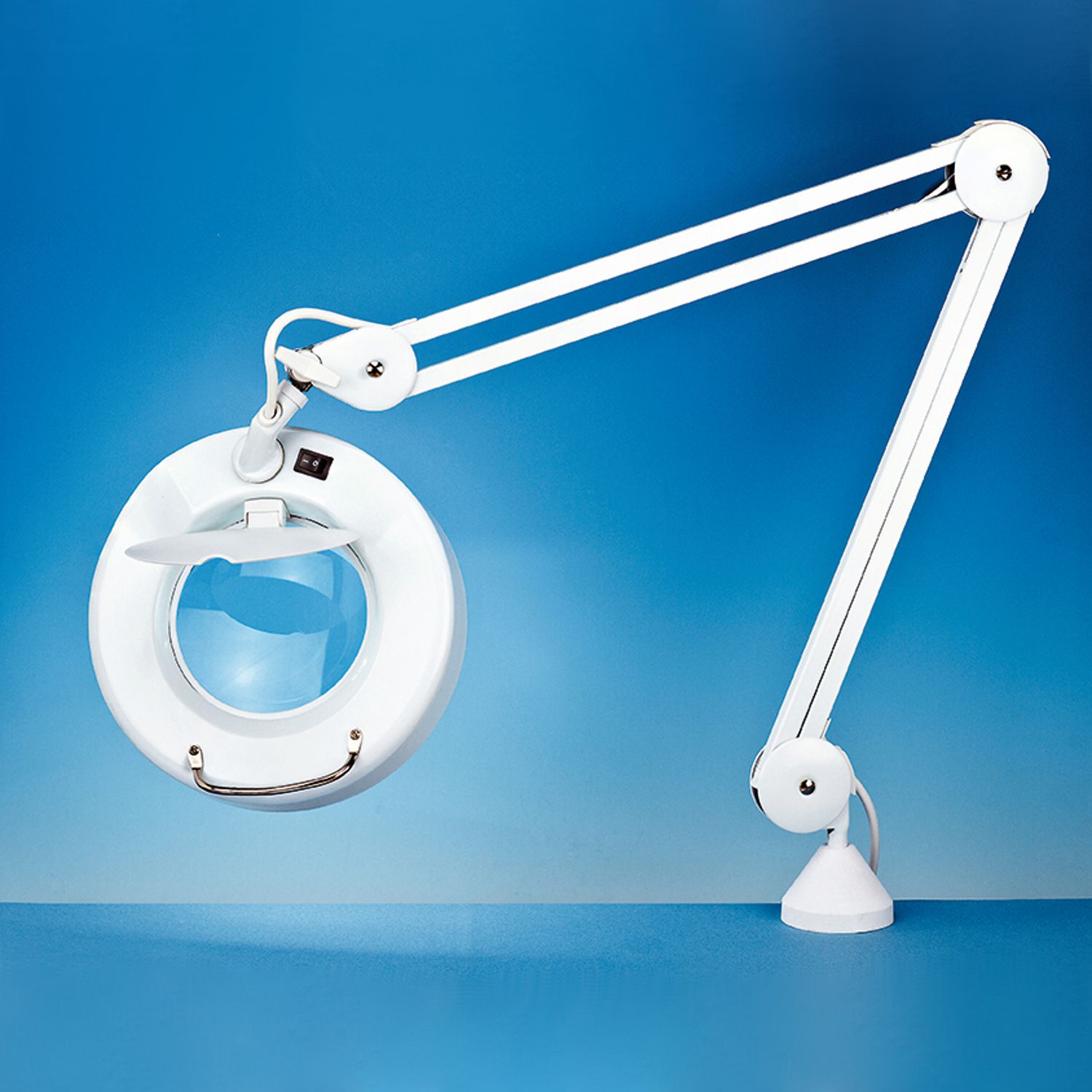
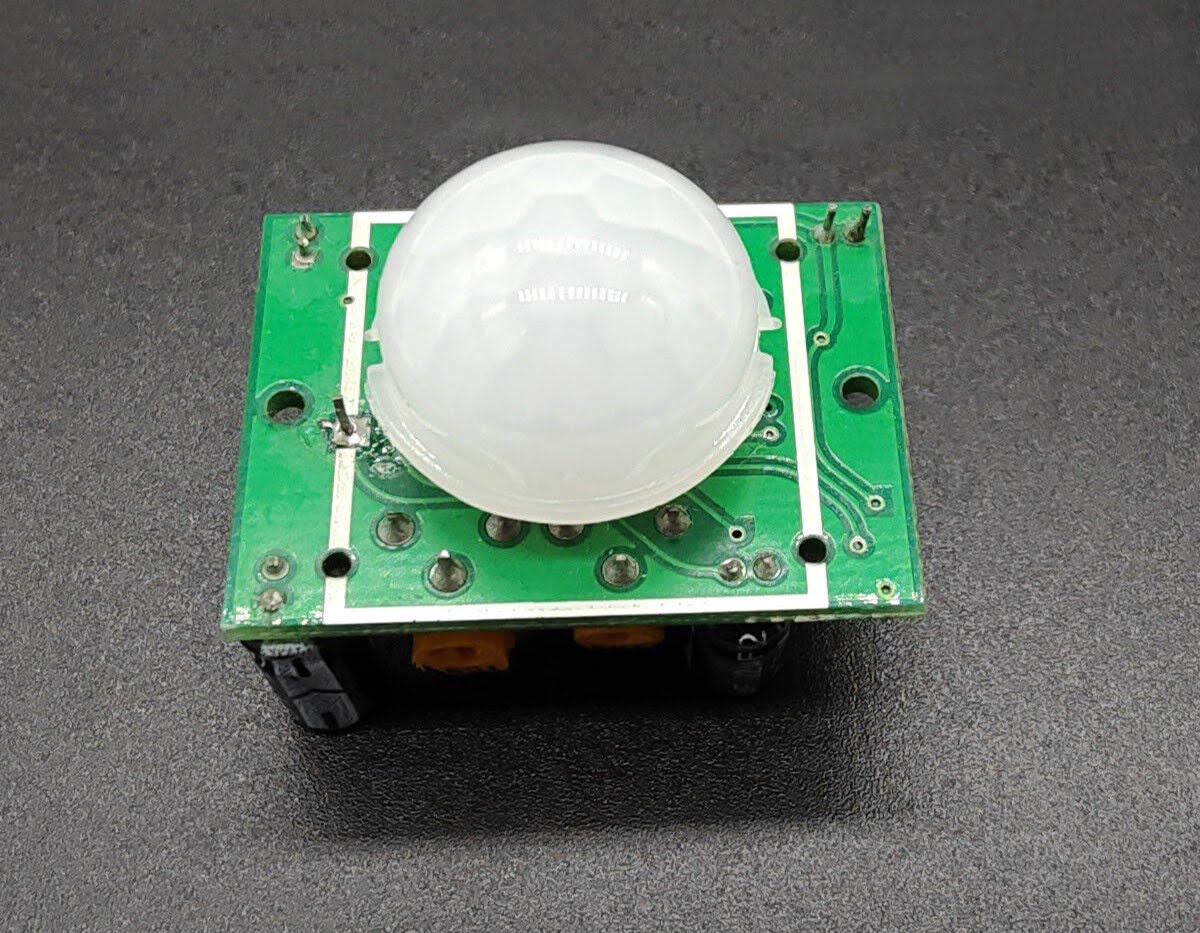

0 thoughts on “How To Store Camera Lens”